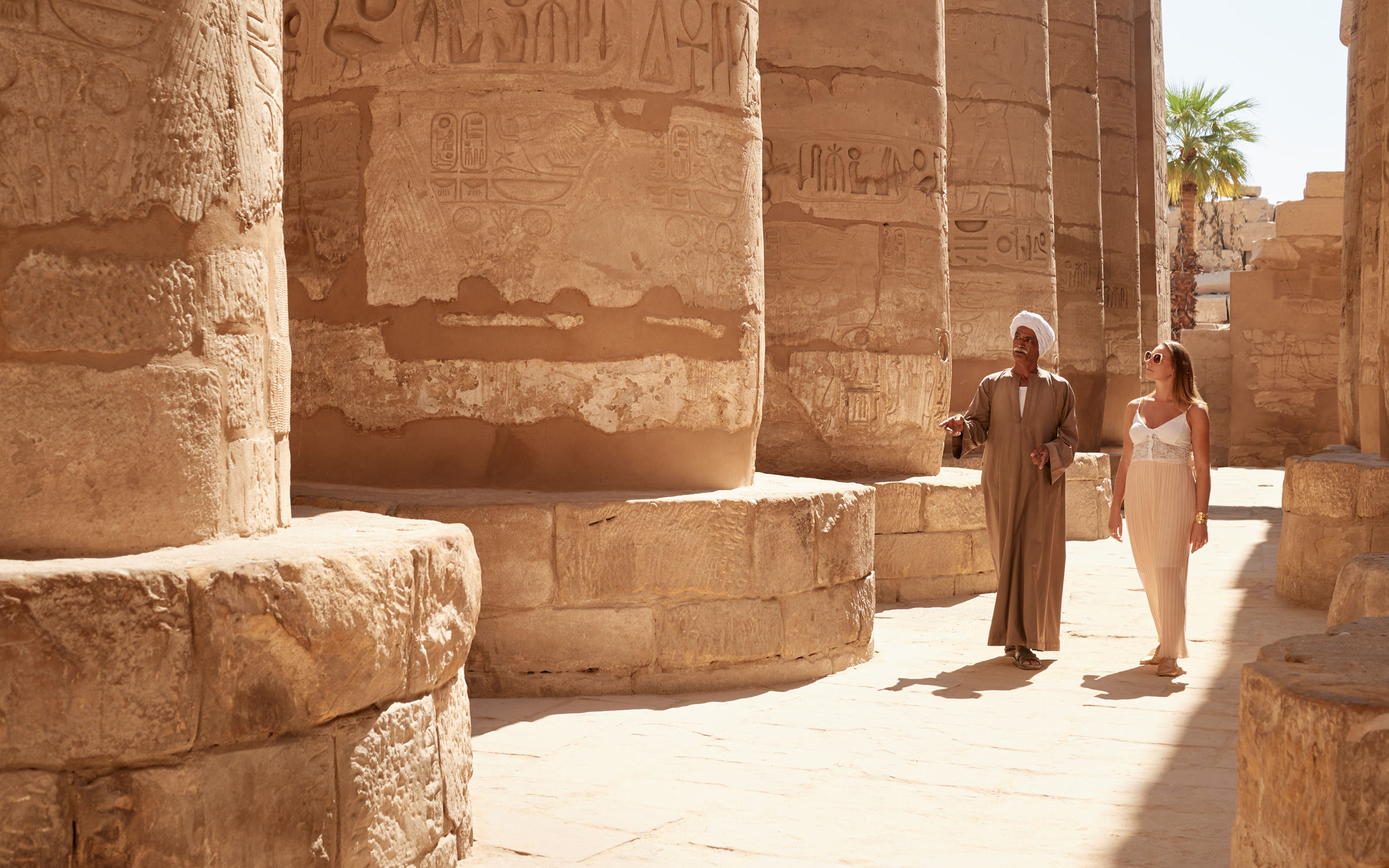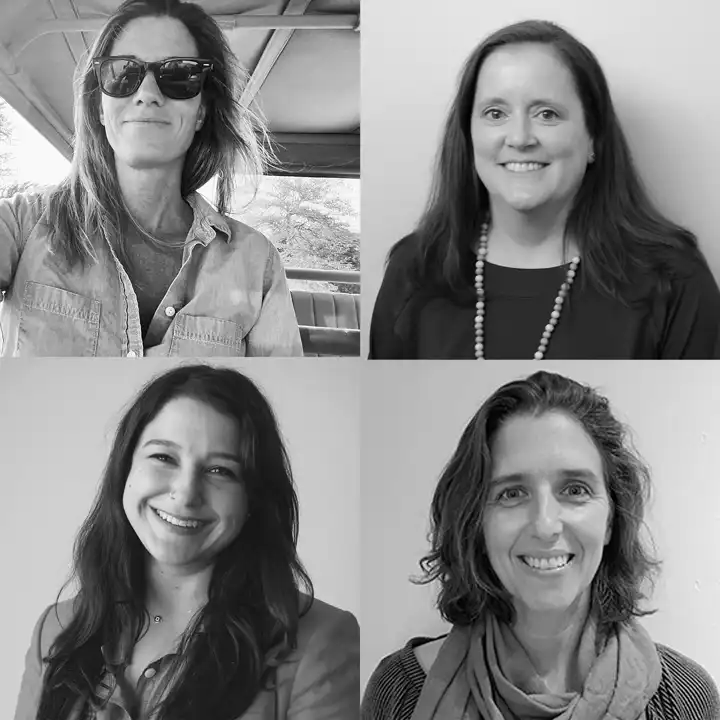Uncovering the Treasures of Egypt
10 Days / 9 Nights
Egypt
Discovering Hidden Treasures
Ker & Downey delivers luxury Egypt tours as few else can. On this nine-day handcrafted Egypt trip, unlock the treasures of Egypt. History comes alive in this ancient and historic country with the help of a private Egyptologist throughout your journey.
Itinerary-at-a-glance:
- Day 1 - 2: Cairo
- Day 3 - 4: Aswan
- Day 5 - 8: Nile Cruise
- Day 9 - 10: Cairo
Customize This Journey. Request More Information >>

More Details
Is there anything more iconic in Egypt than the pyramids? They are the postcard for travel through Egypt and one of the most recognized historical sites in the world. Begin your journey through Egypt there, exploring the Great Pyramid of Giza and its companion pyramids of Khafre and Menkaure. For centuries travelers have stood at the Great Pyramid’s base and marveled at its size. At 481 feet, it stood as the tallest man-made structure for more than 3,800 years. Today, it is the only monument in the Seven Wonders of the Ancient World to remain mostly intact. After exploring the three main pyramids, wander around the Giza Plateau taking in the sites of Ancient Egypt, the Sphinx, and Solar Boat Museum.
There are over 118 ancient pyramids (and counting) throughout Egypt. Next on your journey, head to the pyramids of Dashur and Sakkara, just a short drive outside of Cairo. These pyramids were built before the Great Pyramid of Khufu and were key steps in Egyptian architecture. There are two pyramids at Dashur that you should see. The first is the Bent Pyramid, named for its different angles of inclination, most likely to keep it from collapsing. The second is known as the Red Pyramid, the third largest Egyptian pyramid. You can enter both, but note each has long narrow passageways.
At Sakkara, visit the Step Pyramid of Djoser. Built in the 27th century BCE, it is the oldest stone building complex in the world. While here, you can also visit the tombs of nobles, which remain colorfully decorated.
In Aswan, the sun is always shining. Feluccas sail the river. Palm trees line the Egypt shores. In short, Aswan is a place to take it slow.
Visit the Great Temple of Ramses II and the Temple of Hathor and Nefertari at Abu Simbel located on the banks of Lake Nasser. In the 1960’s after the construction of the Aswan High Dam, water threatened to flood the temple complex. Consequently, a decision was made to move the temples to a desert plateau about 200 feet above and 600 feet west of their original site. The move was successful, with each stone put back into the correct place. The five-year project ultimately saved the temples since its former site is now covered in water.
While in Aswan, make your base at the Sofitel Legend Old Cataract Aswan Hotel. The hotel, built at the end of the 19th century, was constructed as a grand hotel for tourists as they made their way down the Nile. What’s more, it was here that Agatha Christie wrote the majority of her famous novel Death on the Nile.
Next, set sail for four nights on a Nile cruise about the Sanctuary Nile Adventurer. Spend your days exploring the treasures of ancient Egypt along the world’s most historic river. Along these famed waters, thousands of years of history have unfolded and shaped modern civilization. History continues to play out along the Nile River, too, as archaeologists are constantly unearthing new monuments.
Finally, disembark in Luxor then take a flight back to Cairo. There’s still plenty to see here in the bustling capital city. For example, you can spend a day taking in the antiquities at the Egyptian Museum and exploring Saladin’s Citadel. Afterwards, spend a little time shopping in the Khan el-Khalili bazaar where you can find a number of traditional Egyptian crafts and try your hand at bartering with the locals.
Customize Your Own Egypt Tour with Ker & Downey
Contact a Ker & Downey Travel Professional to personalize your own journey Uncovering the Treasures of Egypt, and read more about the seasonality and pricing in North Africa. For even more travel inspiration, follow us on Instagram, Facebook, and X.

Talk to A Travel Designer
Get advice and suggestions to make this your perfect trip.
Or give us a call at 800.423.4236.
Inquire NowSee What We Are Up To
Subscribe to our Weekly Newsletter for Travel Tips and Insider Guides for Planning your Next Journey!
